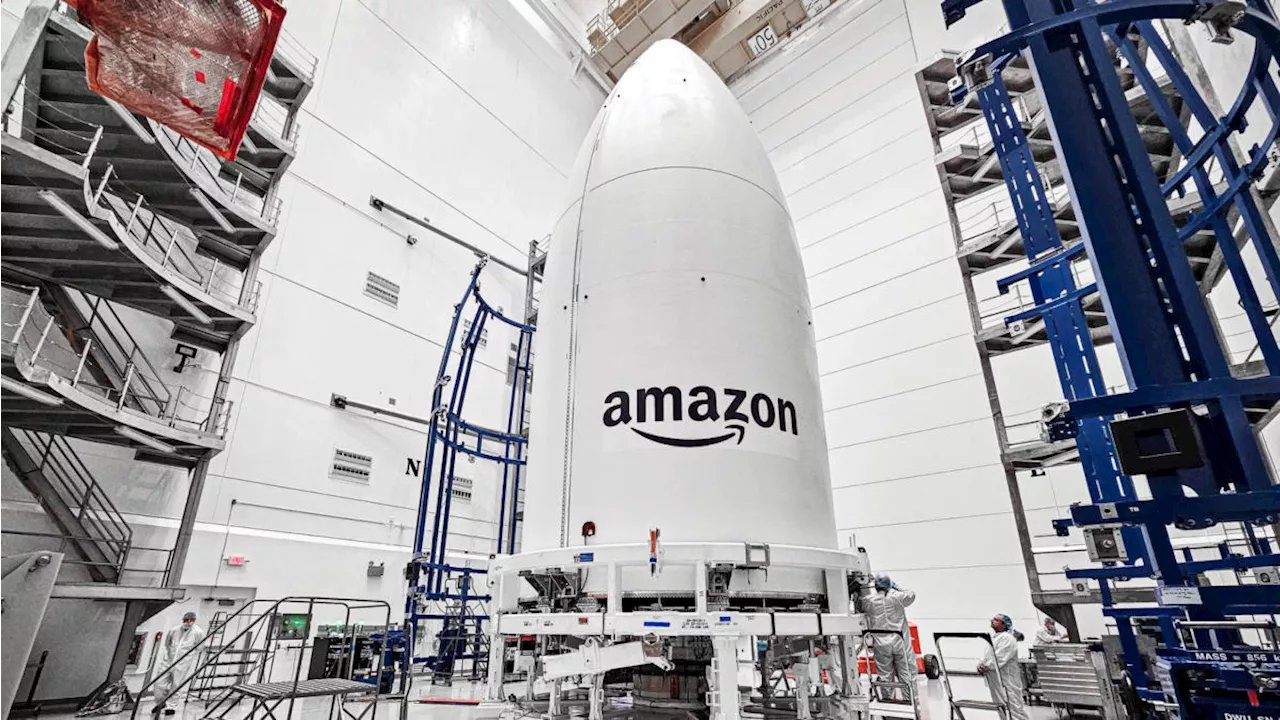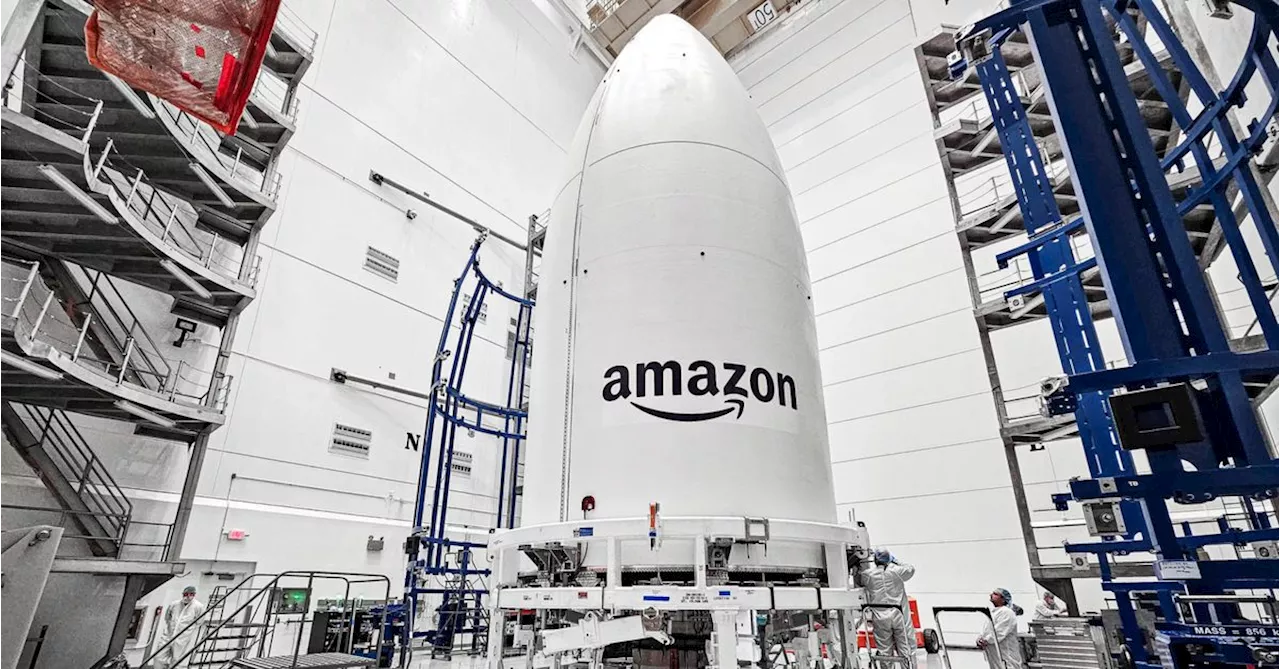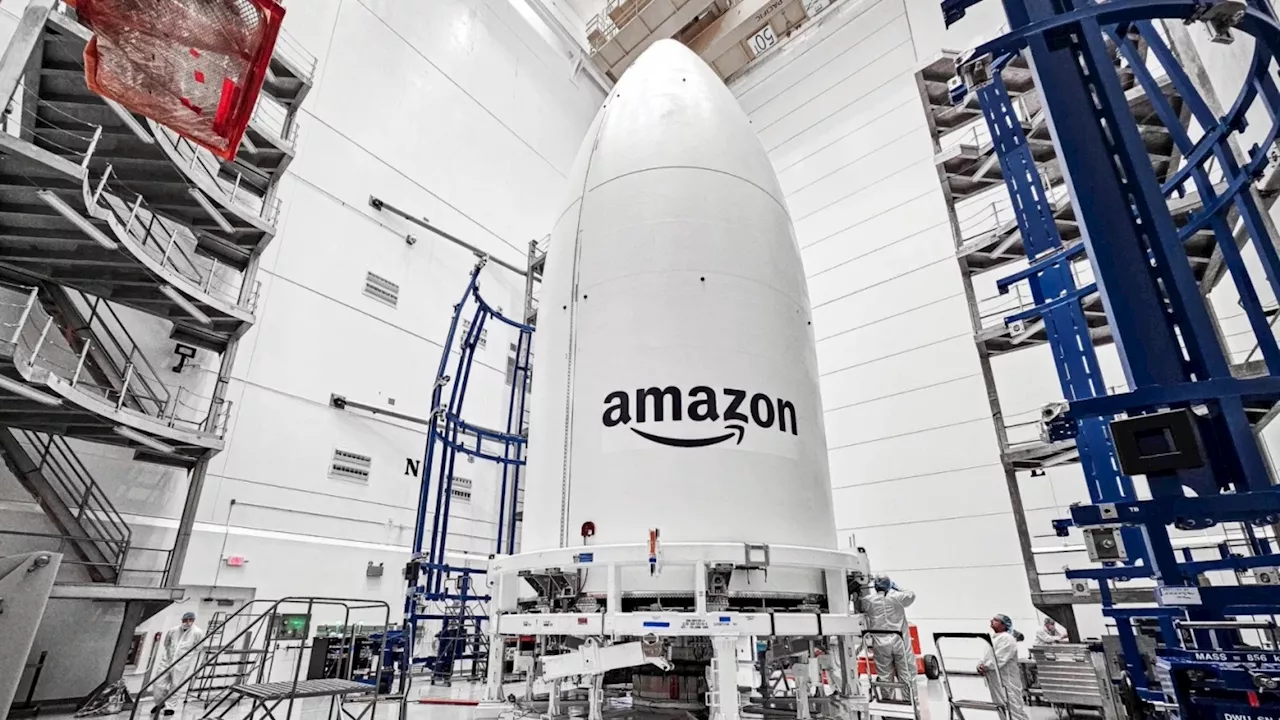Icy bodies at Solar System’s edge found during target hunt for NASA spacecraft
There just doesn’t seem to be enough of the Solar System. Beyond Neptune’s orbit lie thousands of small icy objects in the Kuiper belt, with Pluto its most famous resident. But after 50 astronomical units —50 times the distance between Earth and the Sun—the belt ends suddenly and the number of objects drops to zero. Meanwhile, in other solar systems, similar belts stretch outward across hundreds of AU. It’s disquieting, says Wesley Fraser, an astronomer at the National Research Council Canada.
The discovery, being prepared for publication and not yet peer reviewed, is supported by measurements from New Horizons itself, which at 57 AU continues to streak beyond the edge of the known Kuiper belt. Many of its instruments are in hibernation, but a dust counterduring the mission. Dust is a telltale sign of colliding planetary bodies, and so the New Horizons team expected the amount of dust to fall off steeply after the probe left the Kuiper belt, where it had.
Stern would welcome more icy bodies to study. After threats to shift New Horizons from planetary science to heliophysics—the study of the Sun and its plasma-filled envelope—, extending the mission’s current focus until the decade’s end. That means the probe could still visit another object like Arrokoth, if one exists, Stern says. “We have the opportunity to do science that we know we can do—and can’t be done other ways—for a very long time.
To boost the signal, the team electronically combines hundreds of images from a night of observation, hoping a bright blob will appear along a likely trajectory. Initially, the team examined the images manually, sifting through 15,000 candidates a night. “You go blind pretty quickly,” Fraser says. Now, artificial intelligence makes the screening much less painful. “We went from a week of agony for an army of people to 6 hours of vetting.
United States Latest News, United States Headlines
Similar News:You can also read news stories similar to this one that we have collected from other news sources.
 The first two Amazon Kuiper satellites are set to launch on October 6Amazon is launching the first two Project Kuiper satellites during the Protoflight mission.
The first two Amazon Kuiper satellites are set to launch on October 6Amazon is launching the first two Project Kuiper satellites during the Protoflight mission.
Read more »
 Amazon’s first Project Kuiper test satellites are headed to space on October 6thAmazon is getting ready to launch two test satellites into space as part of its Project Kuiper initiative. The launch will take place on October 6th from Cape Canaveral, Florida.
Amazon’s first Project Kuiper test satellites are headed to space on October 6thAmazon is getting ready to launch two test satellites into space as part of its Project Kuiper initiative. The launch will take place on October 6th from Cape Canaveral, Florida.
Read more »
 Amazon's Project Kuiper test mission to launch on Oct 6Interesting Engineering is a cutting edge, leading community designed for all lovers of engineering, technology and science.
Amazon's Project Kuiper test mission to launch on Oct 6Interesting Engineering is a cutting edge, leading community designed for all lovers of engineering, technology and science.
Read more »
 It’s Musk vs. Bezos as Amazon’s Kuiper, a Starlink Rival, Goes to Space SoonThe retailer's Project Kuiper, which is meant to provide space-based internet service, is scheduled to launch its first satellites into orbit on Friday.
It’s Musk vs. Bezos as Amazon’s Kuiper, a Starlink Rival, Goes to Space SoonThe retailer's Project Kuiper, which is meant to provide space-based internet service, is scheduled to launch its first satellites into orbit on Friday.
Read more »
 Large mound structures on Kuiper belt object Arrokoth may have common originA new study posits that the large, approximately 5-kilometer-long mounds that dominate the appearance of the larger lobe of the pristine Kuiper Belt object Arrokoth are similar enough to suggest a common origin. The study suggests that these “building blocks” could guide further work on planetesimal formational models.
Large mound structures on Kuiper belt object Arrokoth may have common originA new study posits that the large, approximately 5-kilometer-long mounds that dominate the appearance of the larger lobe of the pristine Kuiper Belt object Arrokoth are similar enough to suggest a common origin. The study suggests that these “building blocks” could guide further work on planetesimal formational models.
Read more »
 NASA extends New Horizons mission to continue exploring Kuiper BeltNASA's New Horizons mission has been officially extended and it will further explore the Kuiper Belt throughout the 2020s.
NASA extends New Horizons mission to continue exploring Kuiper BeltNASA's New Horizons mission has been officially extended and it will further explore the Kuiper Belt throughout the 2020s.
Read more »
